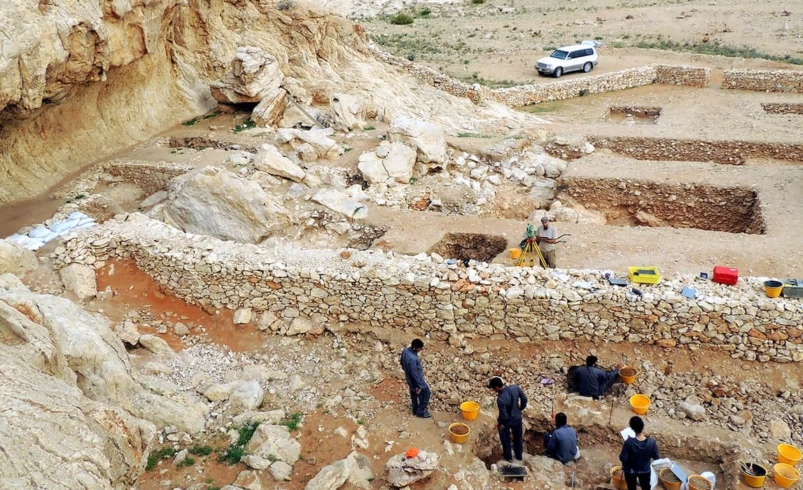UAE’s Faya Palaeolandscape in Sharjah Gains UNESCO World Heritage Status
- July 12, 2025
- 0

The Faya Palaeolandscape in Sharjah has been officially recognized as a UNESCO World Heritage site, marking a significant achievement for the United Arab Emirates. This designation is the second of its kind for the UAE, highlighting the nation’s commitment to preserving its rich historical and cultural heritage. The inclusion of Faya Palaeolandscape on this prestigious list underscores its global significance and the UAE’s dedication to archaeological research and heritage conservation.
Faya Palaeolandscape is renowned for its extensive evidence of continuous human habitation, which dates back approximately 210,000 years. The site is particularly notable for its advanced stone tools, which provide valuable insights into early human settlement patterns in the Arabian Peninsula. These archaeological findings offer a rare glimpse into the lives of ancient communities and their adaptation to changing environments over millennia.
The addition of Faya Palaeolandscape to the UNESCO World Heritage List not only enhances the UAE’s reputation in global heritage preservation but also emphasizes the importance of protecting sites that contribute to our understanding of human history. This recognition serves as a testament to the UAE’s efforts in safeguarding its archaeological treasures and promoting cultural tourism.
The UAE’s successful bid for UNESCO recognition of Faya Palaeolandscape reflects its growing role in international archaeological research. By preserving such sites, the UAE provides scholars and researchers with invaluable resources to study early human history and cultural evolution. This achievement is expected to attract further academic interest and collaboration from around the world.
The UNESCO listing of Faya Palaeolandscape is a milestone for Sharjah and the entire UAE. It highlights the region’s rich prehistoric heritage and reinforces its status as a key player in global efforts to preserve humanity’s shared past. As more people become aware of this unique site, it is poised to become an important destination for cultural tourism and education.